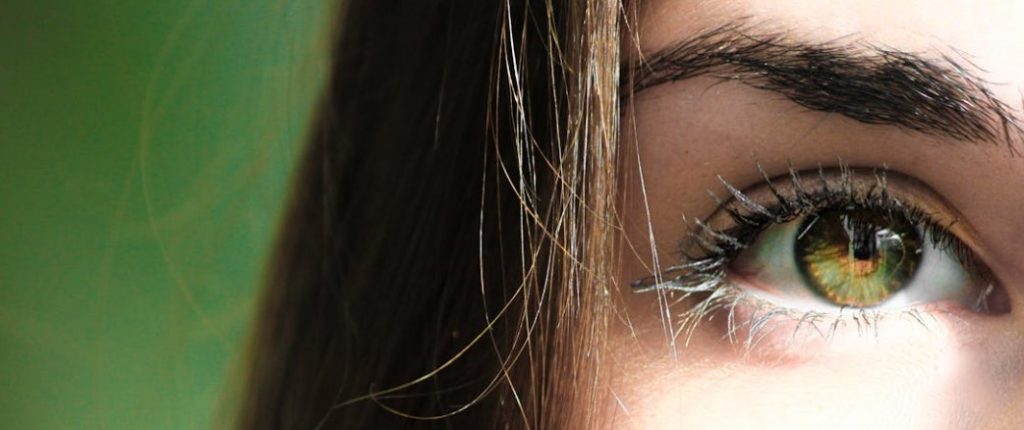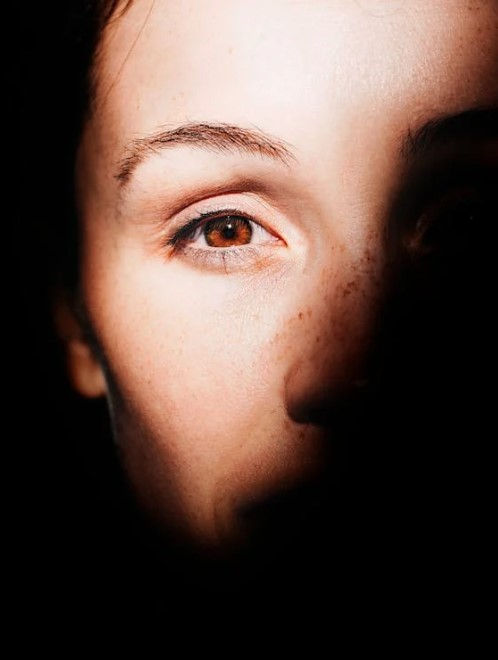
How to dectect glaucoma?
What is glaucoma?
Glaucoma is a group of eye diseases in which the optic nerve, which connects the eye to the brain, is damaged by progressive loss of fibres, whose proper functioning is essential for clear vision. There are about twenty different types of glaucoma. The two most common groups of glaucoma are acute and chronic.
It can affect one or both eyes and can lead to sight loss if left untreated. The two most common types are:
Acute glaucoma – this causes the pressure inside your eye to increase rapidly. It may be called acute angle closure glaucoma.
Chronic glaucoma – this develops slowly. This is the most common form of glaucoma in the UK. The most common form of chronic glaucoma is primary open-angle glaucoma (COAG or POAG).

How is glaucoma diagnosed?
The only way to diagnose glaucoma is to have an eye examination. The diagnosis is based on progressive damage to the optic nerve, which may require multiple assessments to detect.
Pressure measurement
Called tonometry: This is typically an air-puff or blue probe instrument. Ultrasound of the cornea to measure its thickness helps to categorise the pressure reading. People with thin corneas may be at a greater risk of glaucoma. Some instruments also measure the structural properties of the cornea to get a more repeatable pressure assessment. (ORA-non contact tonometry)
Visual fields assessment
The most commonly used test is the 24-2 or 10-2 SITA (Swedish Interactive Threshold Algorithm) on a Humphrey Field Analyser, which maps your central and peripheral vision to identify blind spots or areas of reduced sensitivity. This test helps detect early signs of glaucoma, even before symptoms appear, allowing for timely treatment to protect your sight.
Microscope assessment of the optic nerve
Slit lamp biomicroscopy nearve-head assessment is a key part of an eye examination used to detect signs of glaucoma. This test involves using a high-powered microscope with a light to closely examine the optic nerve and retinal nerve fibres.
Assessment of the ocular drainage
Gonioscopy is a crucial test for evaluating the drainage angle of the eye, which helps determine the type of glaucoma a person may have. Using a special mirrored lens and a slit lamp, the optometrist or ophthalmologist examines the drainage area between the iris and cornea to determine if it is open, narrow, or blocked.
Ocular imaging and OCT
Optic nerve head OCT (optical coherence tomography) is a non-invasive imaging test used to detect and monitor glaucoma by capturing detailed cross-sectional images of the optic nerve. This advanced scan measures the thickness of the retinal nerve fibre layer (RNFL) and identifies early structural changes that may indicate glaucomatous damage—often before vision loss occurs. Regular optic nerve head OCT scans help track progression early.
What are the early signs of glaucoma?
Most people have no symptoms in the early stages of the disease, possibly for up to 3-5 years after being affected. Glaucoma is invisible to people affected, but it is not invisible to your optometrist or ophthalmologist.
How is glaucoma diagnosed during an eye exam?
The eye examination combines the results from around six different tests, each one like a piece of a jigsaw. Once all pieces are complete, glaucoma can be detected. (Visual fields, ONH bio-microscopy, eye pressure, gonioscopy, OCT scan (ONH, GCL & RNFL) and corneal structure.) A person’s family and medical history may also contribute to the diagnosis and management plan.
What are the main types of glaucoma?
The primary types include open-angle, angle-closure, and normal-tension glaucoma, each of which requires a different management plan. All are lifelong conditions which are not cured, but rather managed.
Can glaucoma be prevented or slowed down?
Early detection and treatment can slow progression. All are lifelong conditions that are not cured, but can be well managed using eye drops or a procedure (such as surgery) to improve drainage.
If you are at risk of glaucoma, Nicotinamide food supplements (NAD) may be recommended. Nicotinamide, also known as niacinamide, is a form of vitamin B3 that has shown promise as a potential treatment for glaucoma, particularly due to its neuroprotective effects. Although not yet an approved treatment, research suggests that it may help slow the progression of glaucoma and even maintain visual function..
What treatment options are available for glaucoma?
Treatments include medicated eye drops, laser therapy, and, in some cases, surgery to lower eye pressure.
Understand Glaucoma and Eye Health
Explore comprehensive information on glaucoma types, symptoms, diagnosis, and treatments to safeguard your vision.
What causes glaucoma
Most cases are caused by a build-up of pressure in the eye when fluid is unable to drain correctly. However in some glaucoma (NTG) the pressure is normal.
In all cases glaucoma damages the nerve that connects the eye to the brain (optic nerve).
It’s often unclear why this happens, although certain things can increase the risk, including:
- Your age, glaucoma becomes more common as you get older.
- Your ethnicity.
- Your family history
- Medical conditions such as diabetes, myopia and medications such as steroids
Using glaucoma eye drops during Ramadan
If you’re observing Ramadan and have been prescribed eye drops for glaucoma, you may be wondering whether it’s acceptable to use them while fasting. The good news is: yes, you can and should continue using your glaucoma eye drops during Ramadan.
According to many Islamic scholars and healthcare professionals, eye drops do not break the fast, as long as they are used as prescribed and do not reach the throat in a way that provides nutrition or hydration.
Ramadan & glaucoma | Glaucoma UK
If you’re still unsure, you can:
- Use your drops just before Suhoor (pre-dawn meal) and Iftar (sunset meal) where medically appropriate.
- Consult your local imam or religious advisor if you have specific concerns.
Helpful information about glaucoma
Glaucoma – Moorfields Eye Hospital
Selective laser trabeculoplasty – Moorfields Eye Hospital
About Glaucoma | Primary, Secondary & Developmental | Glaucoma UK
Trabeculectomy Surgery | Glaucoma Treatments | Glaucoma UK
Glaucoma helpline | Care & support | Glaucoma UK
Vision and driving FAQs – Moorfields Eye Hospital
Eye conditions and driving: If you have a car or motorcycle licence – GOV.UK
Eye Drops | How to Use Eye Drops | Glaucoma Treatments | Glaucoma UK.

Schedule your eye examination and comprehensive glaucoma assessment today.
Discover how easy it is to schedule your eye examination, including a comprehensive glaucoma assessment, with online booking.
If you’ve been caught in the “glaucoma merry-go-round” — referred back and forth between opticians and hospital clinics without clear answers — it’s time to take control. Daniel offers a comprehensive, evidence-based glaucoma assessment designed to detect glaucoma early. Using evidence-based tests including ORA-tonometry, OCT scans of the optic nerve head, Humphrey 24-2 SITA visual fields, and gonioscopy combined with many years of experience in glaucoma detection, Daniel delivers clarity, continuity, and expert care.
Book your tailored glaucoma eye examination today and step off the merry-go-round for good.
